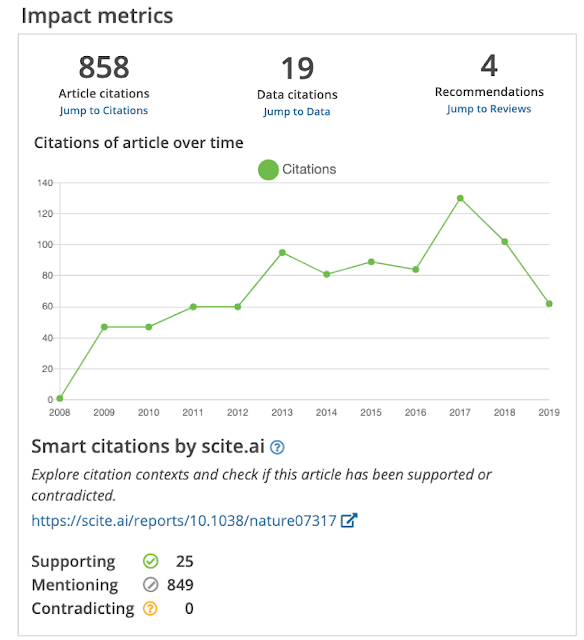
A citation manipulation scheme so easy, even a cat can do it.

A citation manipulation scheme so easy, even a cat can do it.

tl;dr If you want to skip the explanation and justification for why you might want separate bibliographies, you can skip down to the example section, or just go see some example files at GitHub. Why use separate bibliographies? In academic articles, it’s common to have a supplemental appendix with extra tables, figures, robustness checks, additional math, proofs, and other details.

In a previous post, I looked at how Google Scholar ranks co-authors. While I had the data available I wondered whether paper authorship could be used in other ways. A few months back, John Cook posted about using Jaccard index and jazz albums. The idea is to look at the players on two jazz albums and examine the overlap.

Pandoc-flavored Markdown makes it really easy to cite and reference things. You can write something like this (assuming you use this references.bib BibTeX file): --- title: "Some title" bibliography: references.bib --- According to @Lovelace:1842, computers can calculate things.

My longstanding workflow for writing, citing, and PDF management When I started my first master’s degree program in 2008, I decided to stop using Word for all my academic writing and instead use plain text Markdown for everything. Markdown itself had been a thing for 4 years, and MultiMarkdown—a pandoc-like extension of Markdown that could handle BibTeX bibliographies—was brand new.

A new R package, cffr, has beendeveloped,peer-reviewed byrOpenSci and accepted by CRAN. Thispackage has a single purpose: to create a valid CITATION.cff file using themetadata of any R package. CITATION.cff files and why they matter A Citation File Format (CFF) is aplain text file with human- and machine-readable citation information forsoftware (and datasets) 1 . Under the hood, a CFF file is a YAML file.
I teach R to a lot of scientists, those that are new to science (i.e. students)as well as more established scientists, new to R.I find that after all their struggles of dealing with dates,or remembering where to put the comma, they’re so grateful to actual have an analysis,that they often forget or aren’t aware of the next steps.

Scientists rarely cite research software they use as part of a research project. As a consequence, the software and the time spent developing and maintaining it becomes an invisible scholarly contribution. Furthermore, this lack of visibility means that incentives to produce high quality, sustainable software are missing. Among many reasons why software is not cited, one is the lack of a clear citation information from package developers.
Our website is based on Markdown content rendered with Hugo.Markdown content is in some cases knit from R Markdown, but with less functionality than if one rendered R Markdown to html as in the blogdown default.In particular, we cannot use the usual BibTex + CSL + Pandoc-citeproc dance to handle a bibliography.Thankfully, using the rOpenSci package RefManageR, we can still make our own bibliography from a BibTeX file without formatting

[ ]{style=“color: black; font-family: "arial"; font-size: 11pt; font-weight: 400; vertical-align: baseline; white-space: pre-wrap;”} [Scite, an award-winning citation analysis platform, and ]{style=“color: black; font-family: "arial"; font-size: 11pt; font-weight: 400; vertical-align: baseline; white-space: pre-wrap;”}[Europe PMC]{style=“color: #1155cc; font-family: "arial"; font-size: 11pt; font-weight: 400; text-decoration: underline;